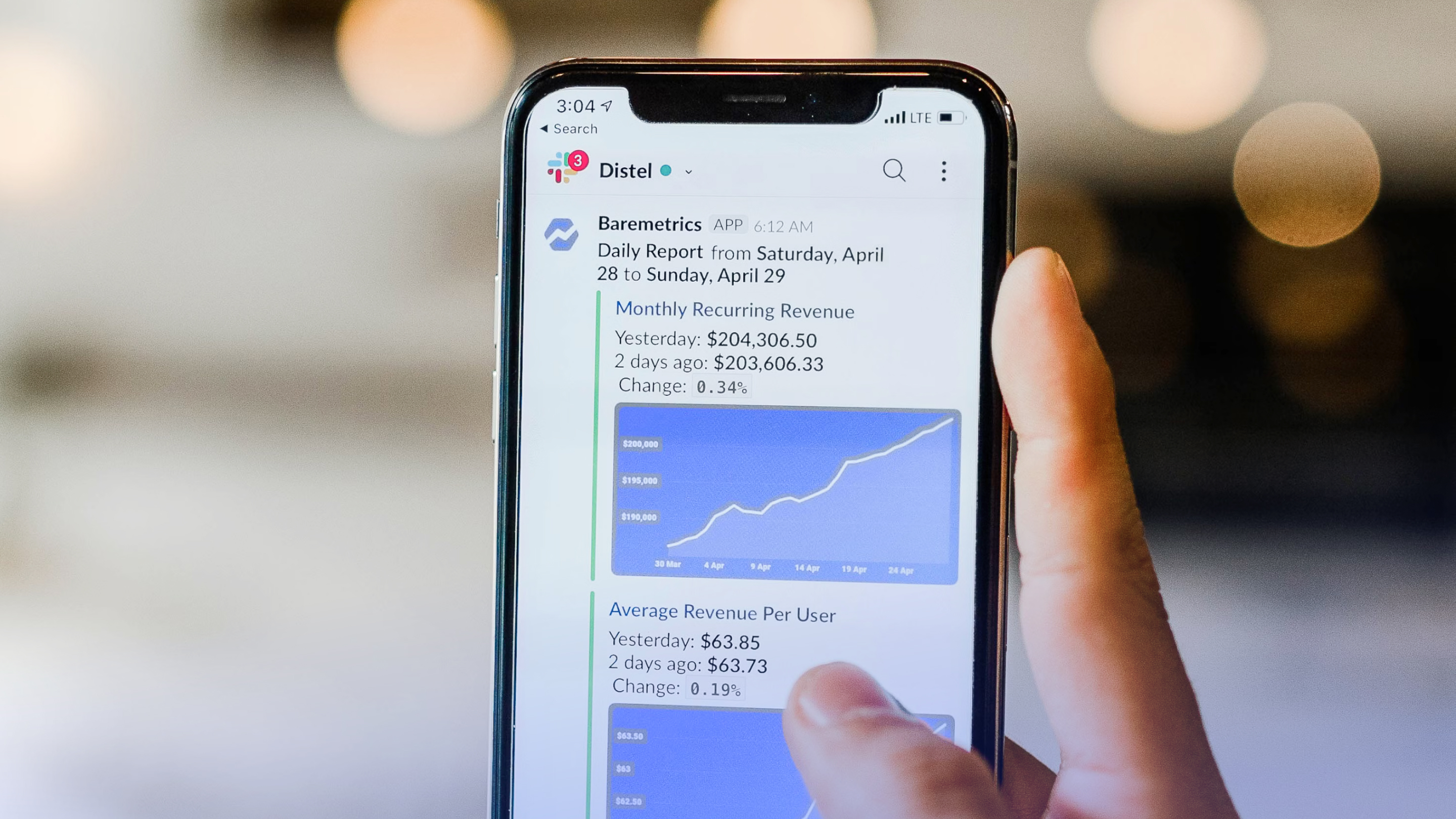
How Slack went from failed game to $27.7B success
Picture this: You’re a team of game developers who just spent three years building what you thought would be the next big online game. You’ve raised millions of dollars, hired talented people, and poured your heart into creating something magical.
Then reality hits. Your game flops. Players aren’t interested. The money is running out.
Most entrepreneurs would call it quits. Pack up their offices, update their LinkedIn profiles, and start looking for regular jobs.
But Stewart Butterfield and his team at Tiny Speck saw something different in their failure. Hidden inside their collapsed gaming company was a tool they’d built just to talk to each other while making the game.
That simple communication tool would eventually become Slack and sell to Salesforce for $27.7 billion.
This is the story of one of the most dramatic business pivots in Silicon Valley history.
The gaming dream that wouldn’t die
Stewart Butterfield wasn’t new to the startup game in 2009. He’d already tasted both failure and success. In 2002, he tried to build an online game called Game Neverending, but ran out of money after the dot-com crash.
From those ashes, his team pivoted to create Flickr, the photo-sharing site that Yahoo bought for $25 million in 2005.
After working at Yahoo for three years, Butterfield was ready for another shot at his original dream. In 2009, he left Yahoo and gathered his old Flickr teammates: Cal Henderson, Eric Costello, and Serguei Mourachov. This time, they would build the online game they’d always wanted to create.
They called their new company Tiny Speck and set out to build Glitch, a whimsical multiplayer online game where players could craft, explore, and collaborate in a colorful 2D world. The game featured cute characters, no combat, and focused on cooperation rather than competition. It was ambitious, artistic, and exactly the kind of creative project that gets game developers excited.
The team raised $19 million from top-tier investors like Andreessen Horowitz and Accel Partners. They hired 45 people. They spent three years building something they were genuinely proud of. Glitch wasn’t just another game – it was their artistic vision brought to life.
When good games go bad
Glitch launched in 2011 to lukewarm reception. Despite its beautiful art and innovative gameplay, it never found the audience it needed. Players would try it, enjoy it briefly, then drift away.
The game required too much commitment from players who were increasingly drawn to quick, mobile games they could play in short bursts.
By late 2011, the writing was on the wall. User growth was stagnant. Engagement numbers were disappointing. The company was burning through its funding with no clear path to profitability. After three years of development and millions of dollars invested, Glitch was failing.
Most startups would have folded at this point. The team had given it their best shot, built something beautiful, and it simply hadn’t worked. But Butterfield noticed something interesting happening inside their company.
The tool they built by accident
While developing Glitch, the Tiny Speck team had a problem. They were a distributed team working across different locations and time zones. Email was too slow and formal for the rapid-fire communication they needed during game development. So they built an internal chat tool to coordinate their work.
This wasn’t meant to be a product. It was just a way for the team to share files, discuss bugs, and keep everyone updated on the game’s progress. They integrated it with their other development tools, organized conversations into channels for different topics, and made everything searchable so they could find old discussions.
But something magical happened. The team became addicted to using this internal tool. It transformed how they worked together. Conversations that would have taken hours over email happened in minutes. Remote workers felt connected to the main office. Information flowed freely instead of getting trapped in individual inboxes.
Even as Glitch was failing, their internal communication tool was thriving.
The billion-dollar realization
In August 2012, Butterfield made the hard decision to shut down Glitch and lay off most of the team. But he also made a blog post that would change everything: “We have developed some unique messaging technology with applications outside of the gaming world and a smaller core team will be working to develop new products.”
That unique messaging technology was their internal chat tool. Butterfield realized they had accidentally solved a massive problem that every company faced: how teams communicate and collaborate effectively.
Think about your own workplace for a moment. How much time do you waste searching through email chains? How often do important decisions happen in conversations that some team members miss? How many times have you needed to find an old file or discussion but couldn’t remember where it was? These are universal problems, and Butterfield’s team had built a solution without even realizing it.
The pivot wasn’t immediate. The team spent months rebuilding their internal tool from scratch, this time designing it specifically for business teams instead of game developers.
They tested it with friends at other companies like Medium and Rdio, gathering feedback and refining the product.
Building the fastest-growing business software ever
In August 2013, Slack launched its public beta. The name stood for “Searchable Log of All Conversation and Knowledge,” though it was also a playful reference to getting some slack in your workday.
The growth was immediate and explosive. Companies didn’t just adopt Slack – they became evangelists for it. Teams would try the free version and quickly upgrade to paid plans. More importantly, Slack spread virally within organizations. One team would start using it, other teams would see how much better their communication was, and soon entire companies were on Slack.
The numbers tell the story:
- 16,000 daily active users within 7 months of launch
- 500,000 users by the end of 2014
- 4 million daily users by 2016
- 12 million daily users by 2021
But the real magic wasn’t in the user numbers. It was in how Slack changed the way people worked.
Email chains were replaced with organized channel discussions. Remote workers felt connected to their teams. Files and decisions were no longer buried in individual inboxes but shared in spaces where everyone could find them.
Why Slack succeeded where others failed
Slack wasn’t the first business chat tool, but it succeeded where others failed for several key reasons:
It felt like a game, not work software. Remember, this tool was born in a gaming company. Slack brought the engaging, colorful design of video games to the normally gray world of business software. Instead of corporate blues and grays, Slack exploded with color. It had playful features like custom emoji and GIF integration that made work communication actually fun.
It solved real problems immediately. Unlike many business tools that require months of training and setup, Slack provided value from day one. Teams could start a workspace and immediately see how much better their communication became.
It integrated with everything. Instead of trying to replace all your existing tools, Slack played nicely with them. You could get notifications from your project management software, share files from Google Drive, and connect virtually any business app. Slack became the central nervous system that connected all your other tools.
It grew organically within companies. Slack’s freemium model let teams try it without going through lengthy procurement processes. Once one team was hooked, word spread naturally throughout the organization.
The $27.7 billion payday
Slack’s growth caught the attention of investors and competitors alike. The company raised multiple funding rounds, reaching a valuation of $7 billion by 2018. In 2019, Slack went public through a direct listing on the New York Stock Exchange.
But the story’s climax came in December 2020, when Salesforce announced it would acquire Slack for $27.7 billion. One of the largest software acquisitions in history.
For a tool that started as an accidental byproduct of a failed video game, it was a stunning validation.
Lessons from Slack’s incredible journey
Slack’s transformation from gaming failure to business software giant offers several crucial lessons for entrepreneurs:
Your biggest breakthrough might be hiding in plain sight. Butterfield and his team used their internal communication tool for years before recognizing its commercial potential. Sometimes the most valuable products are the ones you build to solve your own problems.
Failure can be a stepping stone, not a dead end. Glitch’s failure provided the exact context needed to create Slack. If the game had succeeded, the team might never have noticed the potential of their internal communication tool.
Pay attention to what your users actually do, not what they say. The Tiny Speck team couldn’t ignore how much they relied on their internal chat tool, even when their main product was struggling.
Great products often come from scratching your own itch. Slack solved a problem that Butterfield’s team faced every day. This gave them deep insight into what users really needed.
Sometimes the side project becomes the main project. What starts as a support tool or hobby project might be your real business opportunity.
From pixels to productivity
Today, Slack is used by millions of people at companies ranging from small startups to NASA. It’s fundamentally changed how distributed teams work together and paved the way for the remote work revolution that accelerated during the COVID-19 pandemic.
The colorful, game-like interface that seemed so unconventional for business software is now the standard. Slack proved that work tools don’t have to be boring and corporate – they can be engaging and even fun.
Looking back, it’s remarkable to think that one of the most successful business tools ever created started as a way for game developers to coordinate their work on a project that ultimately failed. But that’s exactly what makes Slack’s story so compelling and instructive.
It reminds us that success often comes from unexpected directions, that failure can contain the seeds of breakthrough success, and that sometimes the tools we build for ourselves end up being exactly what the world needs.
Stewart Butterfield’s journey from failed game developer to billionaire entrepreneur proves that in the startup world, your next billion-dollar idea might already be sitting on your desk – you just need to recognize it.
Want to read about another incredible startup story? Check out the post about how Dropbox started from a simple demo video that changed everything.


